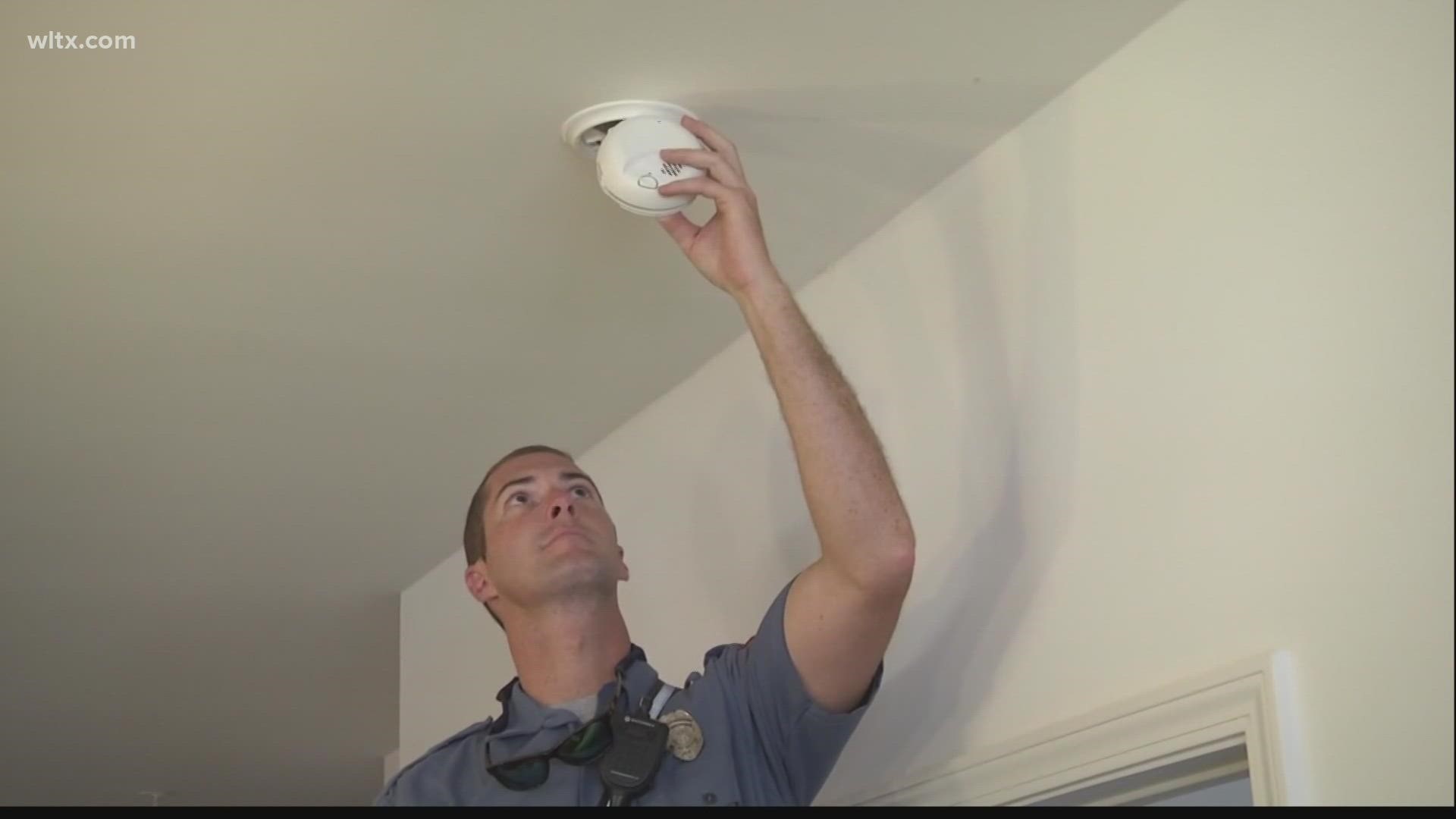WEST COLUMBIA, S.C. — South Carolina's emergency agency is telling people statewide to prepare for possible wintry hazards in the comings months, especially after the state saw one of its most active winters in years last season.
The South Carolina Emergency Management Division (SCEMD) held a briefing Tuesday as part of Winter Weather Preparedness Week, where they explained how they're ready for a potential storm but explained that readiness requires the help of the public.
"We need for everyone to be their own emergency manager," said Kim Stenson, the SCEMD Director.
Stenson said January and February are typically the months with the greatest chance of wintry precipitation in South Carolina but people should take precautions now. Those include making sure you always have three days of food and water on hand, insulating pipes, and making sure you have a way to protect pets or livestock.
As for the state, Major General Van McCarty, the Adjutant General of the South Carolina National Guard, said the state's emergency crews will be ready to respond if needed.
"The number one priority is to ensure that the citizens of South Carolina are safe and that we do all that we can in preparation for the storm that if we have a storm we can react in an efficient and effective manner," McCarty said.
Trisha Palmer with the National Weather Service said the overall outlook is for a drier, warmer winter in the state because it's a La Niña winter. But Palmer cautions that's just a broad pattern, and during La Niña years, the wintry precipiation is more likely to be ice than snow.
And Palmer notes there have been several big winter storms in South Carolin--including 2015 and 2018--during La Niña. And last year saw three straight weeks of winter storms. "This was one of the most active winter weather events we've had in 10 to 15 years, despite it being a La Nina year," she said.
SCEMD has created a winter weather guide to help people make their preparations. It includes some of the following tips:
- Include winter supplies like shovels and rock salt in your household emergency kit.
- Prepare for possible isolation in your home by having sufficient heating fuel; regular fuel sources may be cut off.
- Insulate pipes with insulation or newspapers and plastic and allow faucets to drip a little during cold weather to avoid freezing.
- Learn how to shut off water valves in case a pipe bursts.
- Portable generators are commonly used in the winter as a result of storm-induced power outages. Carbon monoxide fumes are odorless and deadly. Follow manufacturer’s instructions to prevent death from carbon monoxide.
- Make sure the fireplace has a sturdy screen to stop sparks from flying into the room. Ashes should be cool before putting them in a metal container. Keep the container a safe distance away from your home.
- Chimneys should be cleaned and inspected every year by a qualified professional. If not, it can become filled with highly flammable layers of creosote.
- Have your vehicle serviced to ensure it is prepared for the winter season.
- In every vehicle, place a winter emergency kit that includes: a shovel; windshield scraper and small broom; flashlight; battery-powered radio; extra batteries; water; snack food; matches; extra hats, socks and mittens; first aid kit with a pocket knife; medications; blankets; tow chain or rope; road salt and sand; booster cables; emergency flares; and a fluorescent distress flag.

